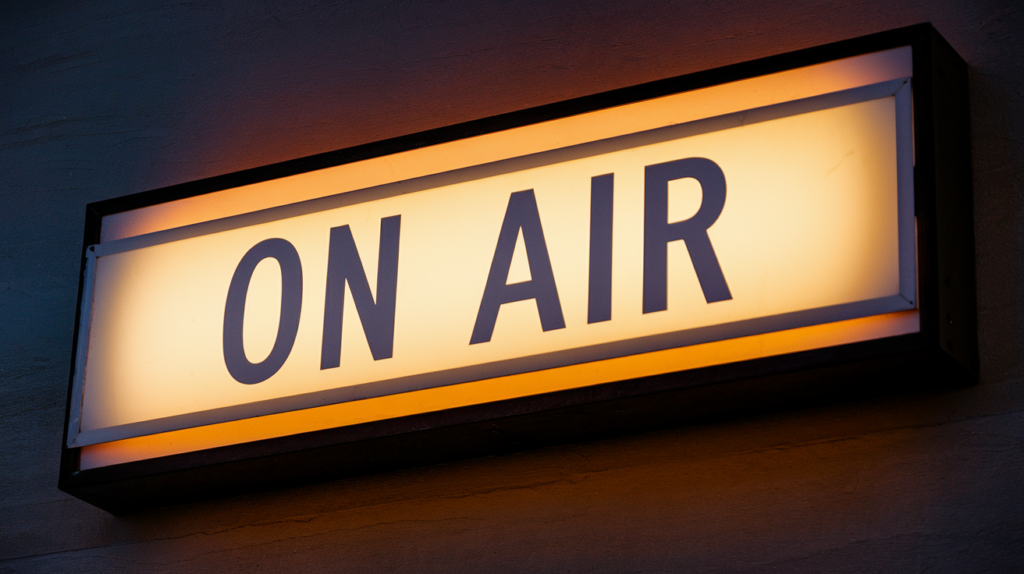When it comes to voiceovers, the nuances between European French and Belgian French can make a significant impact on your project. While both share a common language, subtle differences in pronunciation, vocabulary, and cultural references can shape how your message is received by audiences. Understanding these distinctions is crucial for anyone looking to create authentic and engaging content.
Whether you’re producing commercials, films, or educational materials, choosing the right voiceover talent from either region can enhance your narrative. Dive into the world of French dialects and discover how these variations influence not just sound but also emotional resonance in storytelling. Get ready to explore what sets European French apart from its Belgian counterpart and how you can leverage these differences for maximum effect.
Key Takeaways
- Understanding Dialect Nuances: Recognize that European French and Belgian French have distinct differences in pronunciation, vocabulary, and cultural references that influence audience perception.
- Voiceover Characteristics: European French is known for its clarity and sophistication, making it ideal for global campaigns, while Belgian French offers warmth and relatability suitable for local storytelling.
- Cultural Impact on Voiceovers: The media portrayal of each dialect shapes their reputation; European French is associated with professionalism, whereas Belgian French fosters emotional connections through authenticity.
- Industry Applications: Different industries benefit from these voiceovers; European French excels in film and international advertising, while Belgian French shines in local productions and marketing efforts.
- Target Audience Consideration: Selecting the right voice talent requires an understanding of your audience’s preferences to enhance storytelling effectiveness across diverse demographics.
Overview of Voiceovers
Voiceovers play a crucial role in multimedia projects, influencing how audiences perceive content. Understanding the distinctions between European French and Belgian French voiceovers is essential for effective communication. Variations in pronunciation, vocabulary, and cultural nuances impact emotional resonance and audience engagement.
When selecting voice talent for your project, consider the specific characteristics of each dialect. European French tends to have a more standardized accent commonly recognized worldwide. In contrast, Belgian French features regional accents that may add authenticity or charm depending on the project’s context.
Each type of voice artist brings unique qualities to their performances. A European French voiceover actor often embodies sophistication and clarity, making it suitable for corporate videos or global campaigns. Conversely, a Belgian French voice over talent can offer warmth and relatability, ideal for local advertisements or storytelling initiatives.
Choosing the right voice over artist requires an understanding of your target audience’s preferences. By aligning your project needs with the appropriate dialectal nuances, you enhance storytelling elements while ensuring your message resonates effectively across different demographics.
Key Differences in Accent and Pronunciation
Understanding the key differences between European French and Belgian French can significantly impact your choice of voiceover talent. These distinctions in accent and pronunciation influence how audiences perceive content.
European French Characteristics
European French features a standardized accent, often recognized for its clarity and sophistication. The pronunciation tends to stress the final consonants more distinctly than in other dialects. Vowels hold crisp, clear sounds, making it well-suited for corporate videos or global campaigns where professionalism is essential. Voice artists using this accent typically convey authority and polish, enhancing the overall messaging of projects targeted at international audiences.
Belgian French Characteristics
Belgian French showcases a variety of regional accents that add warmth and authenticity to voiceovers. The pronunciation may incorporate more nasal sounds and softer vowel articulations compared to European French. This characteristic makes Belgian French ideal for local advertisements or storytelling initiatives that require relatability with the audience. Voice actors proficient in this dialect often evoke emotional resonance, connecting deeply with viewers through their unique vocal delivery style.
Cultural Influences on Voiceovers
Cultural influences significantly shape voiceovers, affecting how different dialects resonate with audiences. Understanding these nuances enhances the effectiveness of your projects.
Media and Entertainment Impact
Media and entertainment play a crucial role in shaping cultural perceptions of voiceovers. European French often appears in high-profile films and corporate presentations, establishing an association with professionalism and sophistication. This portrayal attracts clients seeking polished voice talent for their projects. Belgian French, frequently featured in local commercials and storytelling initiatives, brings authenticity and warmth to narratives. Such content connects deeply with viewers, making it ideal for brands aiming to foster emotional engagement through relatable voice actors.
Regional Dialects and Variations
Regional dialects contribute to the richness of both European French and Belgian French voiceovers. European French features a standardized accent characterized by clear pronunciation of final consonants and crisp vowel sounds. This clarity aids in conveying authority, appealing to businesses targeting international markets. In contrast, Belgian French encompasses various regional accents that showcase distinct nasal sounds and softer vowels. These variations enhance the emotional resonance of voice over performances, allowing you to select a voice artist whose delivery aligns closely with your project’s objectives.
Understanding these cultural influences ensures you choose the right voice over talent for specific demographics, enhancing your overall messaging strategy across diverse media platforms.
Applications in Various Industries
Understanding the applications of European French and Belgian French voiceovers across various industries enhances project effectiveness. Each dialect offers unique characteristics that suit specific contexts.
Film and Television
European French voiceovers often dominate film and television due to their standardized accent, delivering clarity and sophistication. This quality appeals to international audiences, making it suitable for high-profile films and series. Voice artists proficient in this dialect convey authority through crisp pronunciation, enhancing storytelling while ensuring comprehension across diverse viewer demographics.
Belgian French voiceovers play a vital role in local productions, adding authenticity to regional stories. The warmth of its varied accents resonates emotionally with viewers, fostering deeper connections with characters and narratives. Voice actors skilled in Belgian French excel at bringing cultural nuances to life, enriching the audience’s experience.
Advertising and Marketing
In advertising, European French voiceovers are favored for corporate videos and global campaigns. Their polished delivery captures attention while promoting brand professionalism. Voice over talent using this dialect can effectively communicate messages that resonate on an international scale.
Conversely, Belgian French voiceovers shine in local marketing efforts. Their distinct accents create relatable content that connects with target audiences on a personal level. Using such voiceover talent helps brands establish a genuine presence within communities, driving engagement through emotional resonance tailored specifically for regional markets.
Conclusion
Choosing between European French and Belgian French voiceovers isn’t just about language; it’s about connecting with your audience. Each dialect brings its unique flavor that can enhance or detract from your project’s impact.
European French offers clarity and professionalism, making it a solid choice for corporate communications and global campaigns. On the other hand, Belgian French provides warmth and authenticity, perfect for local storytelling and advertisements.
By understanding these distinctions, you can select the right voice talent that aligns with your project’s goals. This thoughtful approach not only elevates your messaging but also fosters deeper connections with viewers across different cultural landscapes.
Frequently Asked Questions
What are the main differences between European French and Belgian French in voiceovers?
European French is characterized by a standardized accent, clear pronunciation, and is often seen as sophisticated. In contrast, Belgian French features varied regional accents that add warmth and authenticity. These differences affect how audiences perceive voiceovers in multimedia projects.
Why is it important to choose the right voiceover talent?
Choosing the right voiceover talent enhances storytelling and audience engagement. The dialect’s nuances can significantly impact how well a message resonates with viewers, making it crucial for effective communication across different media platforms.
How do cultural influences shape voiceover choices?
Cultural influences play a significant role in shaping audience perceptions of different dialects. European French is linked to professionalism in high-profile contexts, while Belgian French evokes authenticity in local settings. Understanding these nuances helps brands connect more effectively with their target audiences.
In what industries are European and Belgian French voiceovers used?
European French voiceovers dominate film and corporate sectors due to their clarity and sophistication. Meanwhile, Belgian French excels in local advertising and marketing efforts, where emotional resonance and relatability are vital for engaging audiences.
How does pronunciation differ between these two dialects?
European French features crisp vowel sounds and distinct final consonants that convey authority. On the other hand, Belgian French includes softer vowel articulations and more nasal sounds which help evoke emotional connections with listeners through varied vocal delivery styles.






